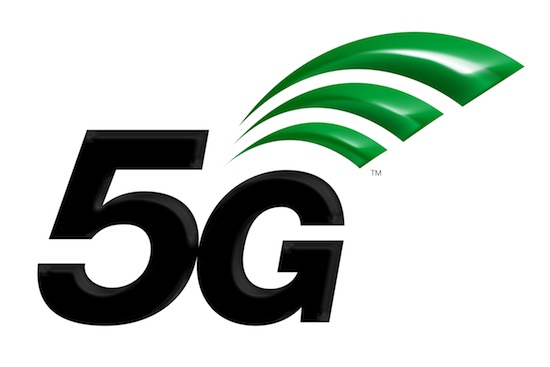Delegates at the ITU World Radiocommunication Conference 2019 (WRC-19) have identified additional globally harmonised mmWave frequency bands for 5G.
The event drew to a close at the end of last week in Egypt’s Sharm El-Sheikh. Agreements signed by 3,400 delegates from around 165 member states were enshrined in the Final Acts of the Radio Regulations, the international treaty governing the global use of radio-frequency spectrum and satellite orbits.
New frequencies are needed because ultra-low latency and very high bit-rate applications will require larger contiguous blocks of spectrum than those available in the frequency bands previously been identified.
Harmonisation
Specifically, new frequency bands identified were 24.25-27.5 GHz, 37-43.5 GHz, 45.5-47 GHz, 47.2-48.2 and 66-71 GHz.
In total, 17.25 GHz of spectrum was identified at the WRC-19 conference, compared to the 1.9 GHz of bandwidth which was available before it. Of this, 14.75 GHz of spectrum has been harmonised worldwide, resulting in 85% global harmonisation overall. Such harmonisation facilitates global roaming and economies of scale.
A statement from ITU said protections were accorded to the Earth-exploration satellite service (EESS) as well as meteorological and other passive services in adjacent bands, such as the space research service (SRS) to ensure that space-based monitoring of the earth and its atmosphere remain unhindered. It said steps were also taken to ensure that radio astronomy stations would be protected from any potentially harmful radio interference from other space stations or satellite systems in orbit.
“WRC-19 paves the way for new, more innovative ways to connect the world using both terrestrial and space-based communication technologies,” said ITU Secretary-General Houlin Zhao. “As leading-edge broadband technology manifests itself in new industrial developments, people in the remotest areas will also get better and more affordable access.”
“The hard-won agreements at WRC-19 will favourably impact the lives of billions of people around the world, creating a digital landscape for sustainable growth and development,” added Mario Maniewicz, Director of the ITU Radiocommunication Bureau. “The achievements of WRC-19 in enabling new communication technologies and the protection of existing services will be reflected in the continuous growth of the trillion-dollar telecommunication and ICT industry.”
Towards 2023
Mobile industry trade body GSMA welcomed the news.
“WRC-19 has brought the mobile industry a step closer to making the full power of 5G something everyone can experience,” said Mats Granryd, Director General, GSMA.
The next edition of the WRC event will take place in 2023. Planned themes include Earth stations in motion (ESIM), high-altitude IMT base stations (HIBS), aeronautical mobile applications and Global Maritime Distress and Safety System (GMDSS).
“Countries struck the right balance in opening up ground-breaking possibilities for 5G while protecting existing radio services worldwide.
The mobile industry’s goal going into WRC-19 was to identify enough 5G spectrum to deliver long-lasting socio-economic benefits. WRC-19 delivered on this goal, and also secured a pathway to 5G’s future success in the agenda for WRC-23.” Granryd added.



